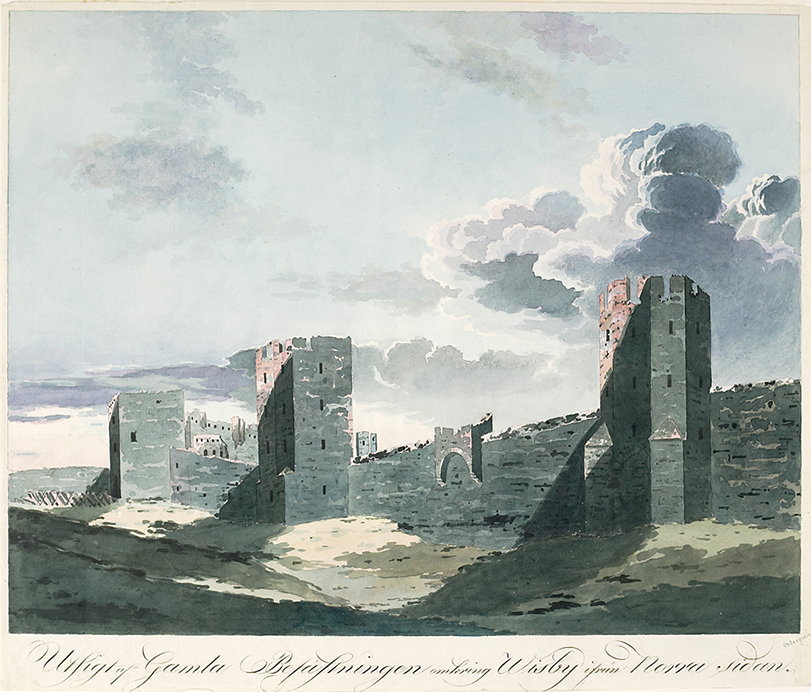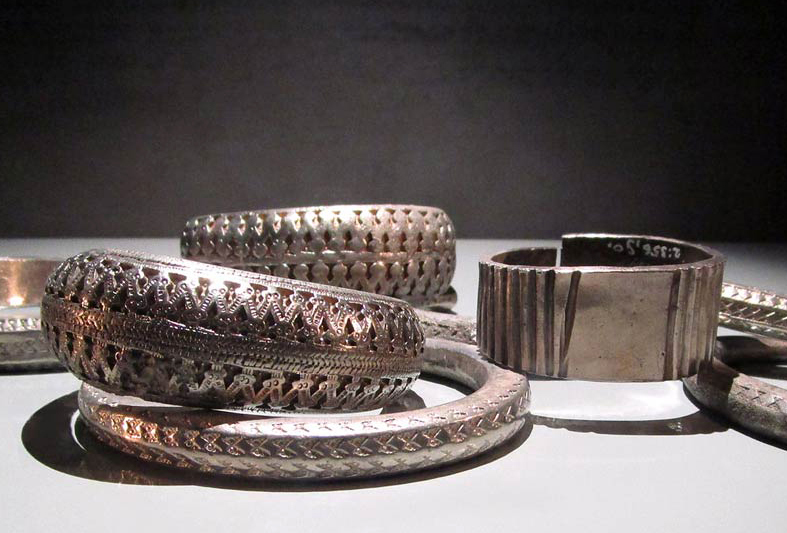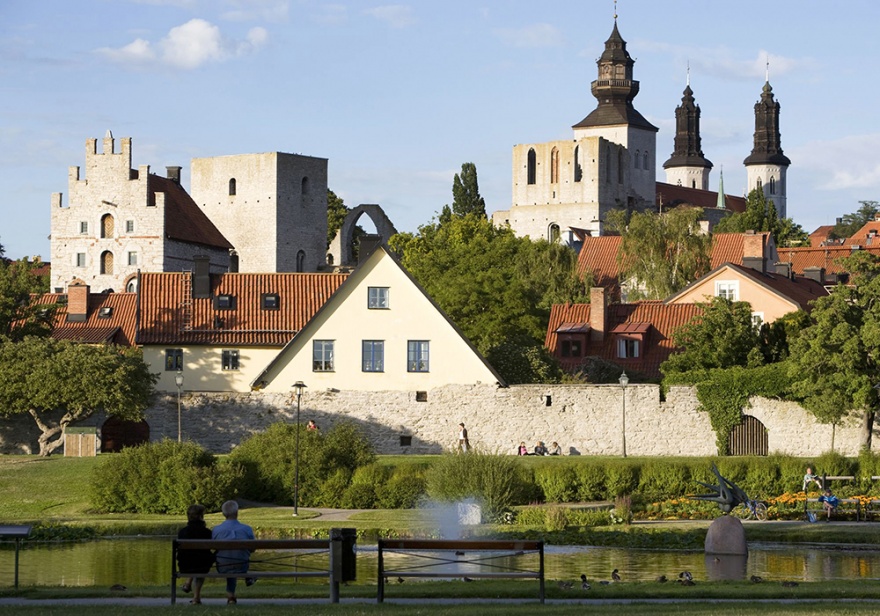Gotland Through The Ages
Gotland is Sweden’s largest island, stuck far out in the Baltic Sea between the Swedish mainland and the Baltic States. It is therefore not surprising that its history differs in many aspects from that of the rest of Sweden. Because of the geographical isolation, the local dialect has evolved independently from “the King’s Swedish,” to the point where it is almost incomprehensible to mainland Swedes.

A somewhat different take on the early history of Gotland is found in the Gutasagan, a myth written in the Gutnish (i.e. Gotland-ish) dialect of Old Norse around 1350 and preserved in the Swedish National Library in Stockholm. Tjelvar, the discoverer of Gotland, had a son named Havde whose wife was called Vitastjerna. After their first night together, Vitastjerna dreamed that she would give birth to three sons, and that is precisely what happened. They were given the very Nordic-sounding names Graip, Gute and Gunfjaun.
The myth goes on. The three sons and their descendants multiplied to the point where Gotland became seriously overpopulated. One in three inhabitants was deported from the island. Some of the deportees were wealthy, having done some traveling and trading in faraway lands. Assuming that they would be allowed back to Gotland someday, they buried their treasures in the ground before departing.
Fast forward to 1999. Abandoned treasures are regularly unearthed on Gotland, a fact which gives some credence to the Gutasagan. Treasure hunting using metal detectors is prohibited, to prevent looting of archaeological treasures such as those ostensibly buried by the above-mentioned deportees. The exception is whatever a landowner might detect on his own property. Ironically, during the recording of a documentary about illegal search for treasures for the Swedish TV4 television channel, two accompanying professors waited until the end of the filming and the departure of the crew. They set off with metal detectors and stumbled on what was to become known as Spillingsskatten (the Spillings Hoard) of ancient silver. The treasure consisted of some 14,000 coins mostly from Islamic countries, along with a wealth of bronze artefacts and numerous everyday objects such as nails, glass beads, parts of tools, pottery, iron bands and clasps.

Given its proximity to the former Soviet Union, it is perhaps not surprising that Gotland has had a taste of the Cold War. In 1952, a DC-3 military transport plane of the Swedish Air Force was patrolling the waters some distance out from the east coast of Gotland. Suddenly all radio contact with the crew was broken, and the plane failed to return to home base.
Three days later the Swedish Air Force sent a Catalina sea plane to look for the vanished DC-3 and its crew. Literally out of the blue, it was attacked and brought down by a Soviet MiG-15 fighter aircraft. The crippled plane somersaulted on touchdown in the water; the five crew members survived and were picked up by a passing German freighter.
Back in Sweden, the news media stoked up fury among the general public directed against the Soviets who were suspected of having brought down the two neutral aircraft for no apparent reason. Well, as it later turned out, both were in fact on assignment on behalf of NATO to eavesdrop on Soviet military radio communications, in clear contravention of Sweden’s proclaimed neutrality. The DC-3 was discovered on the sea floor in 1999 and was recovered in 2003. Close examination of the wreckage indicated that it, too, had been shot down by a Soviet MiG-15. It is now on display at the Air Force Museum in Linköping.

The city of Visby is the urban centre of Gotland. Wandering along its narrow, cobblestone streets between quaint little houses creates the sensation of being transplanted to Medieval times. Ruins of ancient churches serve as a reminder of past invasions by a motley collection of Danish kings, Teutonic knights and Baltic pirates. Most of the city is surrounded by a massive stone wall punctuated by watch towers. In between attacks by hostile powers, Visby thrived as an important trading hub within the Hanseatic League – the Medieval precursor of today’s European Union. In 1999, Visby was designated a UNESCO World Heritage Site.
The legendary film-maker Ingmar Bergman settled down on Gotland – or, more accurately, on the small island of Fårö at the northern tip of Gotland. Some of his most memorable films were set there, among them Through a Glass Darkly (1961), Persona (1966), Hour of the Wolf (1968), Shame (1968), The Passion of Anna (1969), and Scenes from a Marriage (1972). Fårö is also where he died in 2007 aged 89.
By Peter Berlin






